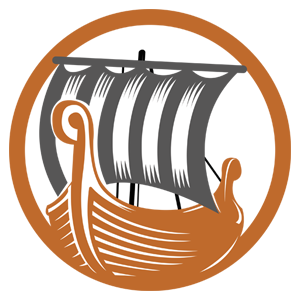The science fiction photos of pollution fog and mask wearing citizens convinced us to avoid this city. However, the tour cities are preset. Beijing was our first stop.
Beijing defied our expectations. On our early evening arrival, we were picked up (perfect perk) and transported to our downtown hotel. Miraculously, the skies were relatively clear and the traffic was a little better than downtown LA. The wide tree lined streets were welcoming. In our high-rise hotel (a city of myriad skyscrapers), our first glimpse of the morning skyline showed an overcast morning my husband described as bluish. Our guide called it Beijing blue. Having studied Chinese art, I remembered that even the ancient paintings never had sparkling blue skies. For the most part, China is hazy and misty. Right now Beijing has strict laws in place to reduce driving and is on track to be completely electric by 2040 which might explain the clearer skies.

Tiananmen Square
Tiananmen Square: Our first day in China we visited Tiananmen Square and The Forbidden Palace (our friends’ joke was you can’t go there, it’s forbidden!) We heard conflicting stories from our guides about the infamous Tiananmen Square protest which made sense since Chinese history textbooks don’t even discuss the incident. As Louisa Lim writes in her book on ChinaThe People’s Republic of Amnesia Tiananmen Revisted, “moving on—not dwelling on the past—has become a key survival tactic, perhaps the most important one.”
One guide told us that the iconic photo of the student protester facing the armed tanks (known as Tank Man) was taken by a Western reporter from the sixth floor of the Beijing Hotel, the film canister later hidden in a toilet tank and then smuggled out of the country by a French student. The tanks actually tried to avoid Tank Man by moving to the right and the left of him. Each time the student would reposition himself in front. Our guide told us that Tank Man had been secretly transported out of Beijing. Looking at historical accounts, he has never been definitively identified and it’s not clear if he’s dead or alive—an unsolved mystery.
The Forbidden Palace has been documented in films and stories, so I’ll just mention the book I read while in China that made this experience three dimensional. Empress Orchid by Anchee Min, the story of Empress Orchid, a young concubine. who became the ruler of China for more than four decades and lived in the Forbidden Palace. The slanted yellow glazed tiled roofs with the turned-up bottom corners were a welcome reminder of the graceful ancient Chinese architecture which is missing in most of Beijing as a result of the modernization of China. Once we entered the Palace, the Outer Walls and the Four Gates blocked out the uber-modernity of China leaving us in the past. Walking through, we encountered the Palaces of Superlatives: Supreme Harmony, Heavenly Purity, Earthly Tranquility, Prolonging Happiness, Gathering Elegance, Eternal Longevity are some of my favorites. Although these names are inviting and peaceful; violence, intrigue and treachery are seeped into the history of these red walls.

Forbidden Palace


Oh, Penel, I am thoroughly smitten with your blog. Your writing is substantial and also delights, tickles, and is fresh like warm baked bread! (with melty butter for me, speaking directly to me). That is a true description of my China experience through your eyes; I feel you. Thank you.
Leila,
I love the way you weave your words! Thanks for your eloquent compliment!